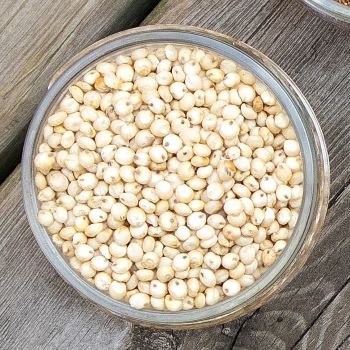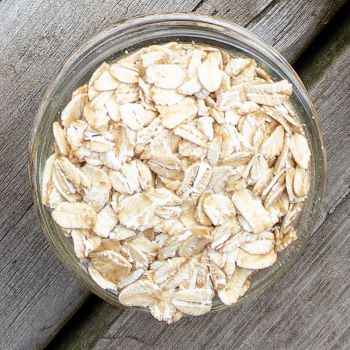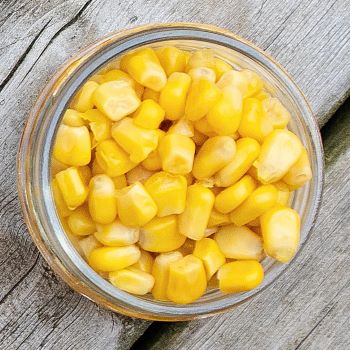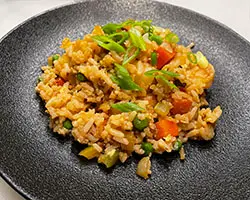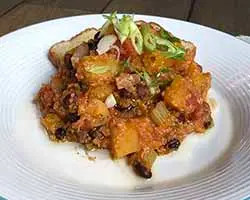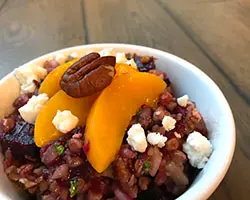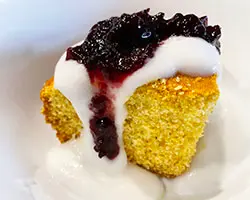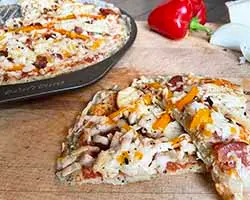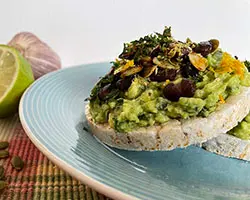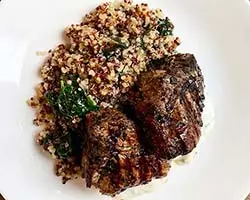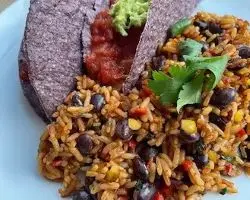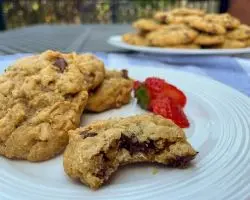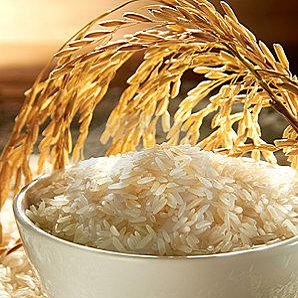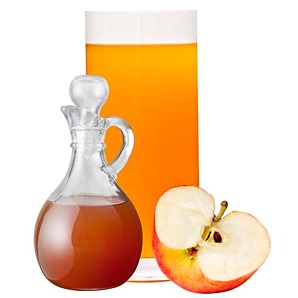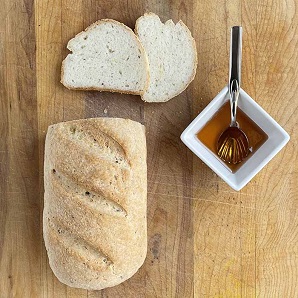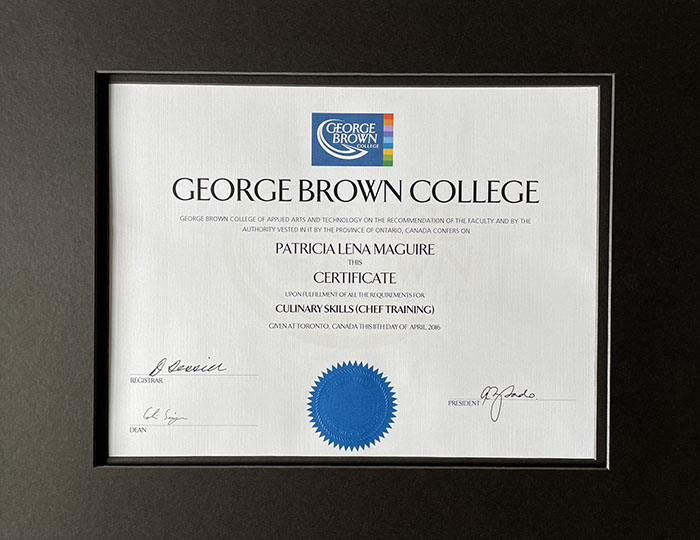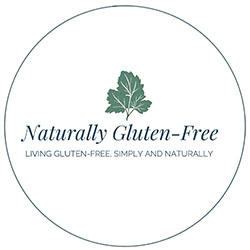- Home
- Gluten Free Food
- Gluten-Free Pasta
- Gluten Free Grains
How These 9 Gluten Free Grains Can Add Variety to Your Healthy Diet
Are you or someone you know struggling with celiac disease or gluten intolerance? If so, you may have heard about gluten free grains and wondered what they are and if they are a good choice for you.
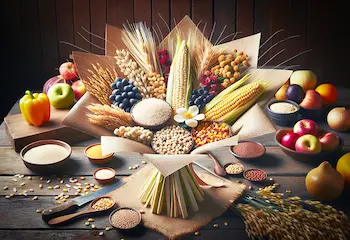
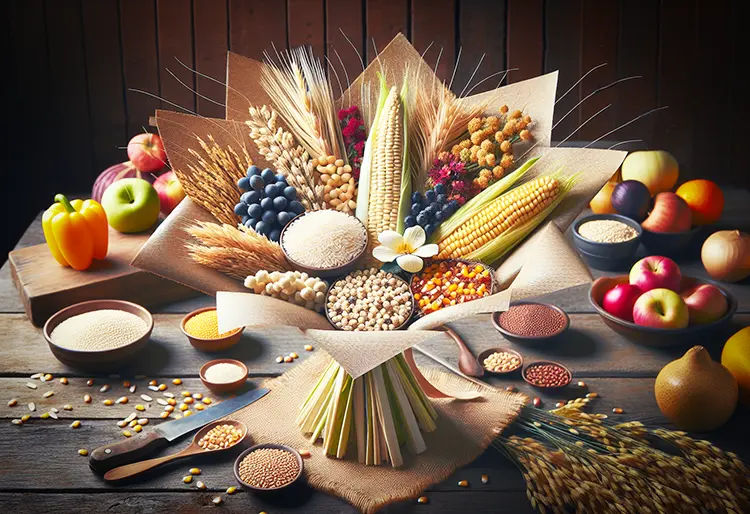
In this overview we'll look at the benefits of gluten free grains, bust a few myths and brainstorm ideas for getting these flavor-filled nutrition bombs into your meals.
Gluten Free Does Not Mean Grain Free
Which Grains are Gluten Free and How to Use Them
Are Gluten Free Grains a Healthy Choice?
Are Gluten Free Grains Safe for Someone with Celiac Disease?
Where to Buy Gluten Free Grains
Gluten Free Does Not Mean Grain Free
You may have heard that going gluten free is unhealthy because you are eliminating a whole food group (grains) from your diet. Let’s dispel this myth once and for all.
Cutting gluten means eliminating three grains: wheat, rye and barley. But they are not the only choices.
You can have a nutritious, well-balanced diet without grains, ask the millions of people who are thriving on a keto or paleo diet. But if you choose to eat grains, there are several gluten free grains available that can add flavor, variety, and nutrition to your diet.
Which Grains are Gluten Free and How to Use Them
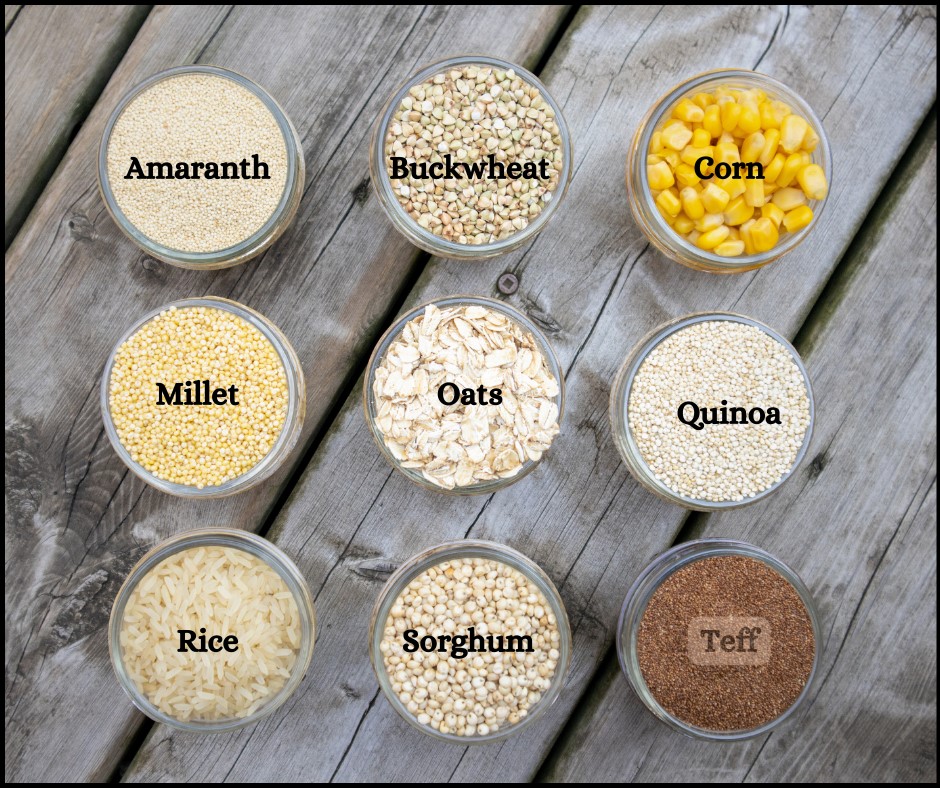
Now, let's explore those top 9 gluten-free grains and discuss how you can incorporate into your diet. It may surprise you to find that, rather than reducing your choices, going gluten free has opened up a whole new set of possibilities. These grains not only help with eliminating wheat from your diet but also bring their own unique benefits and versatility in recipes.
Quinoa: This ancient grain is a complete protein, meaning it contains all nine essential amino acids. That's rare in plants. It's also rich in fiber, magnesium, and iron. You can use quinoa in salads, as a base for bowls, and even in baking. There are quinoa based pastas and I like adding quinoa to rice dishes to pump up the nutrition.
For more on buying, cooking and including quinoa in your diet.
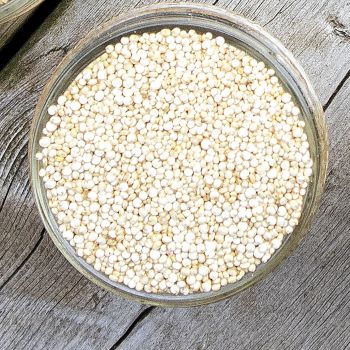
Rice: A good source of B vitamins, magnesium, and even vegetarian protein, rice is a staple in many gluten-free diets. Brown rice is a good source of fiber and has a lower glycemic index than white rice. Use either as a side dish, in stir-fries, or as a base for casseroles.
For more about rice including what to watch for, cooking tips and products.
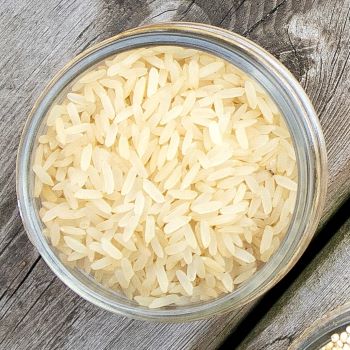
Sorghum: An excellent source of antioxidants and protein, sorghum has a slightly sweet and nutty flavor, making it perfect for adding to soups and stews. It can even be popped like popcorn. Sorghum flour is often included in gluten free flour blends to add strength and protein.
Pin for Later
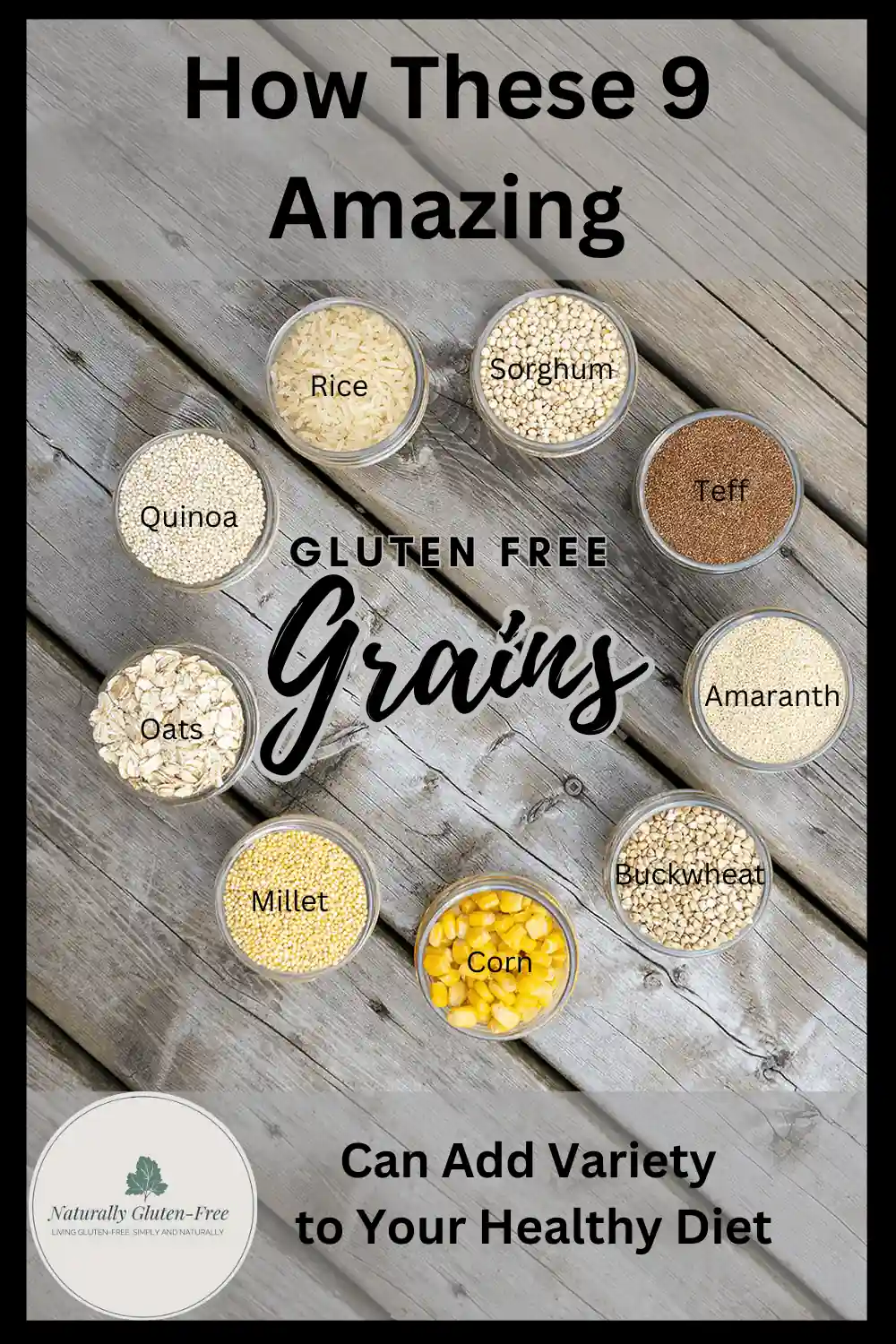
Millet: This small, round grain is rich in magnesium, phosphorus, and B vitamins. Millet can be used to make gluten-free porridge, added to bread, or enjoyed as a side dish.
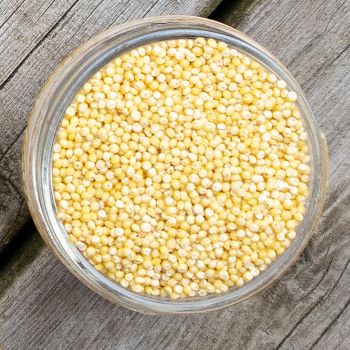
Buckwheat: Despite its name, buckwheat is entirely gluten-free. It's packed with iron, zinc, and selenium and can be turned into delicious pancakes, noodles, or even used in baking.
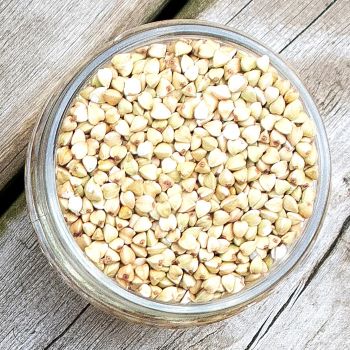
Oats: While oats are naturally gluten-free, cross-contamination with gluten is common. Look for oats labeled as gluten-free, and you can use them in oatmeal, baking, and even smoothies. Oat milk is a good dairy substitute so long as it's labelled gluten free.
For more including how to safely buy and use gluten-free oats and oat products.
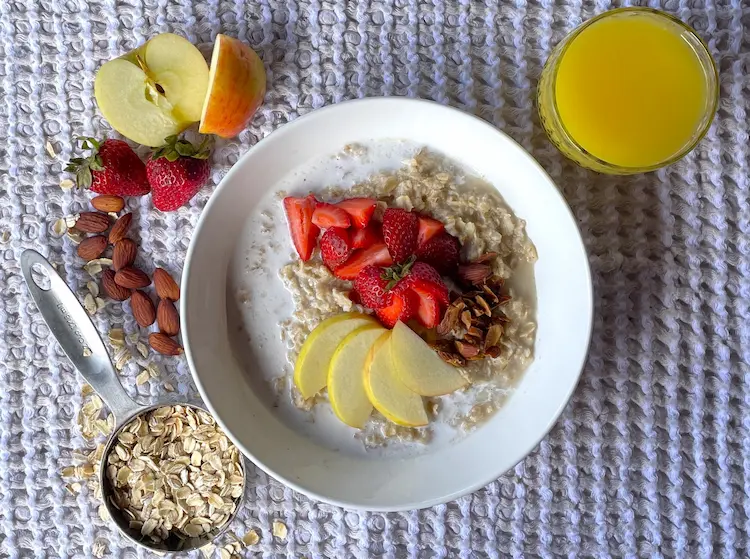 Gluten Free Oatmeal
Gluten Free OatmealAmaranth: Known for its high protein content and rich supply of iron, calcium, and magnesium, amaranth can be cooked and used as a cereal, added to soups, or made into flour for baking.
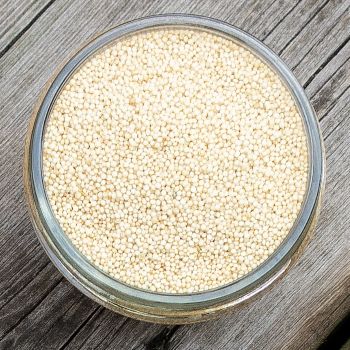
Teff: This tiny but mighty grain is an excellent source of protein, fiber, and B vitamins. Teff is often used in Ethiopian cuisine but can also be used in baking or as a porridge.
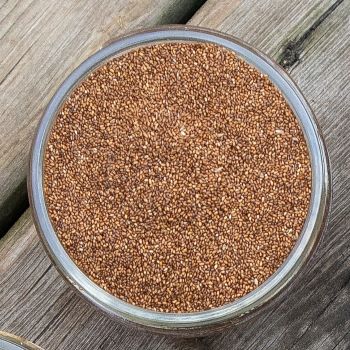
Corn: A staple in Mexican cuisine, corn is ground into flour to make tortillas or polenta. You can enjoy it fresh from the cob with butter and salt or add a handful of kernels to a soup, stir-fry or Mexican rice dish.
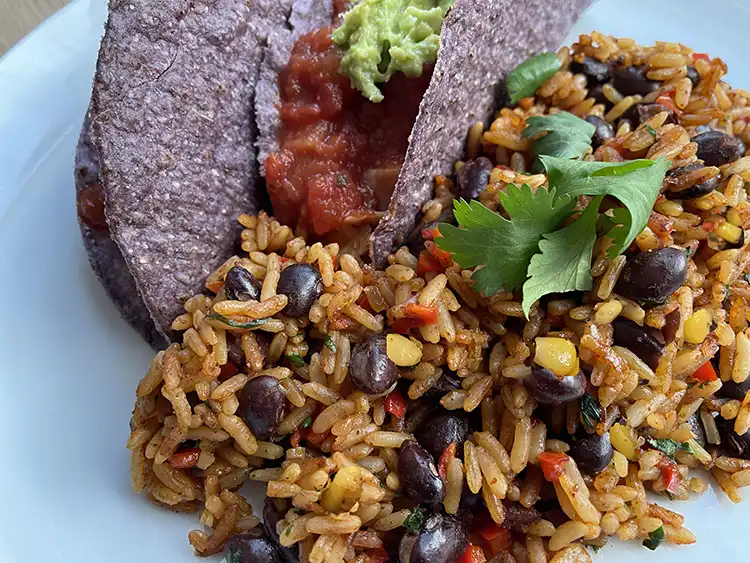 Blue Corn Tacos with Mexican Rice
Blue Corn Tacos with Mexican RiceAre Gluten Free Grains a Healthy Choice?
Absolutely. They provide essential vitamins, minerals, fiber, and antioxidants that form the building blocks of a healthy diet. In fact, some of the grains we’ve talked about are much higher in key nutrients than wheat.
For instance, quinoa's high protein content and teff's rich iron supply can help meet your daily requirements. Adding a variety of gluten free grains will ensure that you get a broad spectrum of nutrients. Keep an eye on portion sizes though. Grains are one part of a balance diet that should also include vegetables, fruits, proteins, and healthy fats.
If you are following a vegan diet, grains are especially important as they provide essential amino acids that will help you to meet your overall protein requirements.
Are Gluten Free Grains Safe for Someone with Celiac Disease?
Yes, so long as you understand the concept of cross-contamination. Gluten free grains can be contaminated with gluten during growing, processing, or packaging. Some are high risk and a few are generally safe.
High risk grains are: Oats, amaranth, buckwheat, millet, quinoa, sorghum and teff. When you buy these grains, or products made from these grains, look for a gluten free claim on the label1.
Corn and rice purchased as grains are low risk and don't need to have a gluten free label. This means canned, frozen or fresh corn or any of the many varieties of rice. Corn flour, corn meal or products with corn flour or corn meal as the first or second ingredient should be labelled gluten free. Corn starch is highly processed and does not need a gluten free label.2 Rice flour or products made with rice flour should be labelled gluten free.
Where to Buy Gluten Free Grains
Corn and rice are easy. They are abundantly available in supermarkets. For other gluten free grains, check the "Free From" aisles at your local supermarket or your local health food store. Gluten free grains are also available online. Amazon or Well.ca are convenient suppliers. Google the grain you are looking for and options will come up.
Is It Safe to Buy Gluten Free Grains in Bulk?
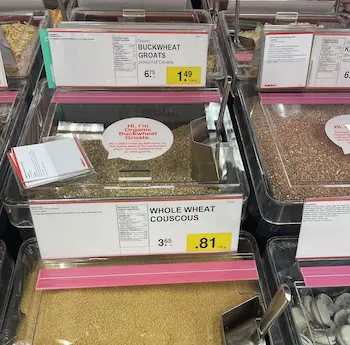 Buckwheat groats in bulk store next to wheat couscous is a high risk for cross contamination.
Buckwheat groats in bulk store next to wheat couscous is a high risk for cross contamination.The cost of gluten free food is high, so it's understandable to want to save money wherever we can. Similar to gluten free flour, you may be able to buy gluten free grains from bulk food retailers if you follow a few guidelines:
- If you are purchasing one of the high risk grains listed above, it needs to be labelled gluten free.
- Look for stores with a separate gluten free section. Customers mix up scoops and wheat products can contaminate gluten free grains.
- Ask what precautions they take to prevent cross contamination. Even national chains can have different practices at the store level.
- Ask if you can buy sealed bags of gluten free grains, or if you can take what you need from a sealed bag.
How to Incorporate Gluten Free Grains into Your Meals
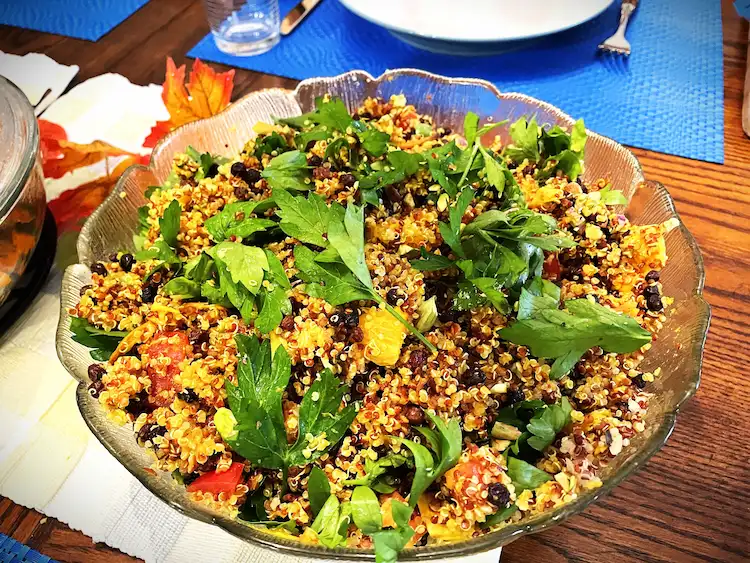 Quinoa Salad
Quinoa Salad Adding gluten free grains to your meals is easier than you might think. Once you get used to cooking with grains you'll find they offer a variety of options to keep your diet interesting and nutritious. Start your day with a hearty bowl of gluten-free oatmeal or a savory amaranth porridge. You can add fruits, nuts, and seeds for an extra nutritional punch.
Looking for inspiration tailored to little ones? Check out these gluten-free toddler meal ideas featuring healthy grains that even picky eaters will enjoy.

For lunch, try a quinoa salad or a buckwheat noodle bowl loaded with your favorite veggies and a protein source. Dinner can feature gluten free grains as a side or base. Think of a millet pilaf, add sorghum or buckwheat to a hardy soup or stew, or a whip up a stir-fry with rice. Think of recipes you already know that include rice, barley, spelt or farrow and substitute a different gluten free grain.
Look for recipes that replace wheat flour with a mix of gluten-free flours for baking bread and muffins or making pancakes.
Beyond just eating for health, opting for gluten-free grains can also immerse you in different cultural cuisines. For instance, enjoy a traditional Ethiopian dish with teff or a Mexican-inspired meal with amaranth or corn.
To Sum Up
Incorporating gluten-free grains into your diet can be both a nutritious and exciting journey. With their diverse benefits and versatile uses, these grains can help you maintain a balanced diet while avoiding gluten.
Some Recipes that Include Gluten Free Grains
Sources:
1. Association, C. C. (2024, January 9). Food labelling. Celiac Canada. https://www.celiac.ca/living-gluten-free/food-labelling/
2. Association, C. C., & Greene, J. (2023, November 15). Corn statement. Celiac Canada. https://www.celiac.ca/corn-statement/
